Researchers have found a way to short-circuit the “immortality switch” that cancer cells use to divide indefinitely.


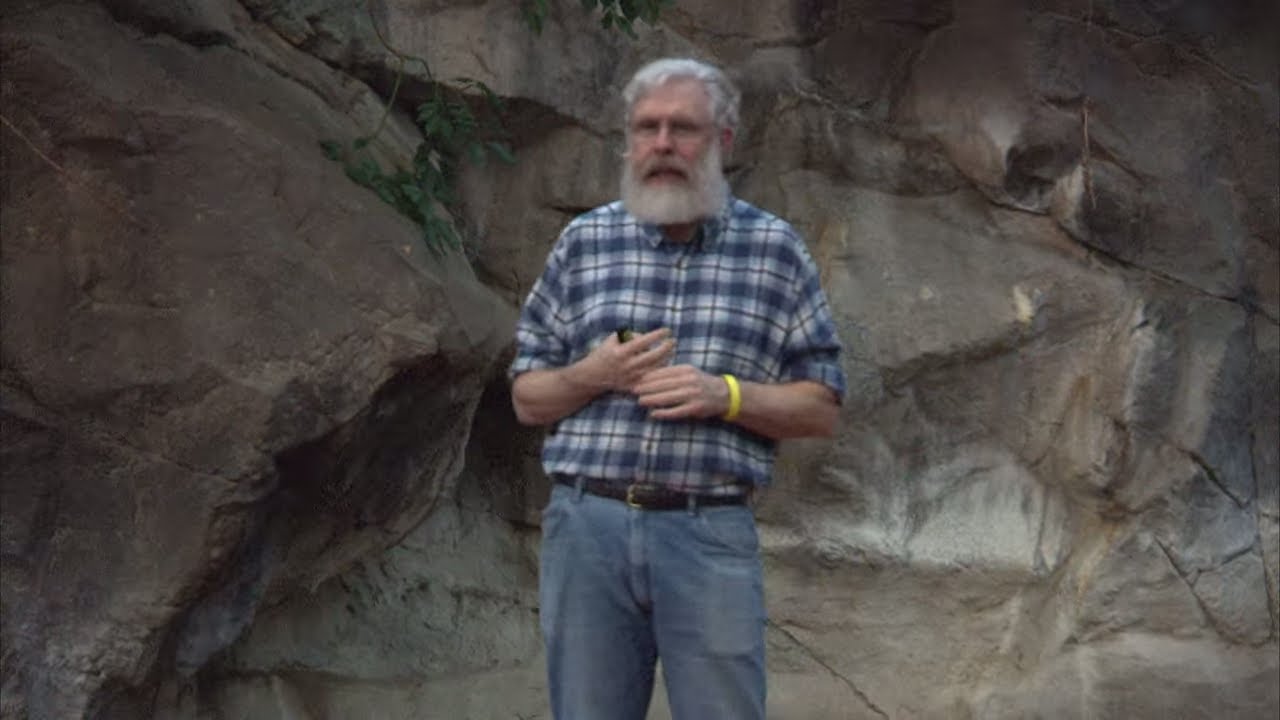
He says this has been done successfully with mice. They have mice live twice as long. They are testing aging reversal in dogs in 2018–2019. Human treatments could be available on a general basis by 2025.
George Church is developing better and better organs using pigs. They are working to slow or reverse the aging in the organs to be used for transplant.
He says this has been done successfully with mice. They have mice live twice as long. I mean that that humans could live 160 years if that were linear.
The longest-lived vertebrate. One of the longest-lived vertebrates is this koi fish that lived 226 years.
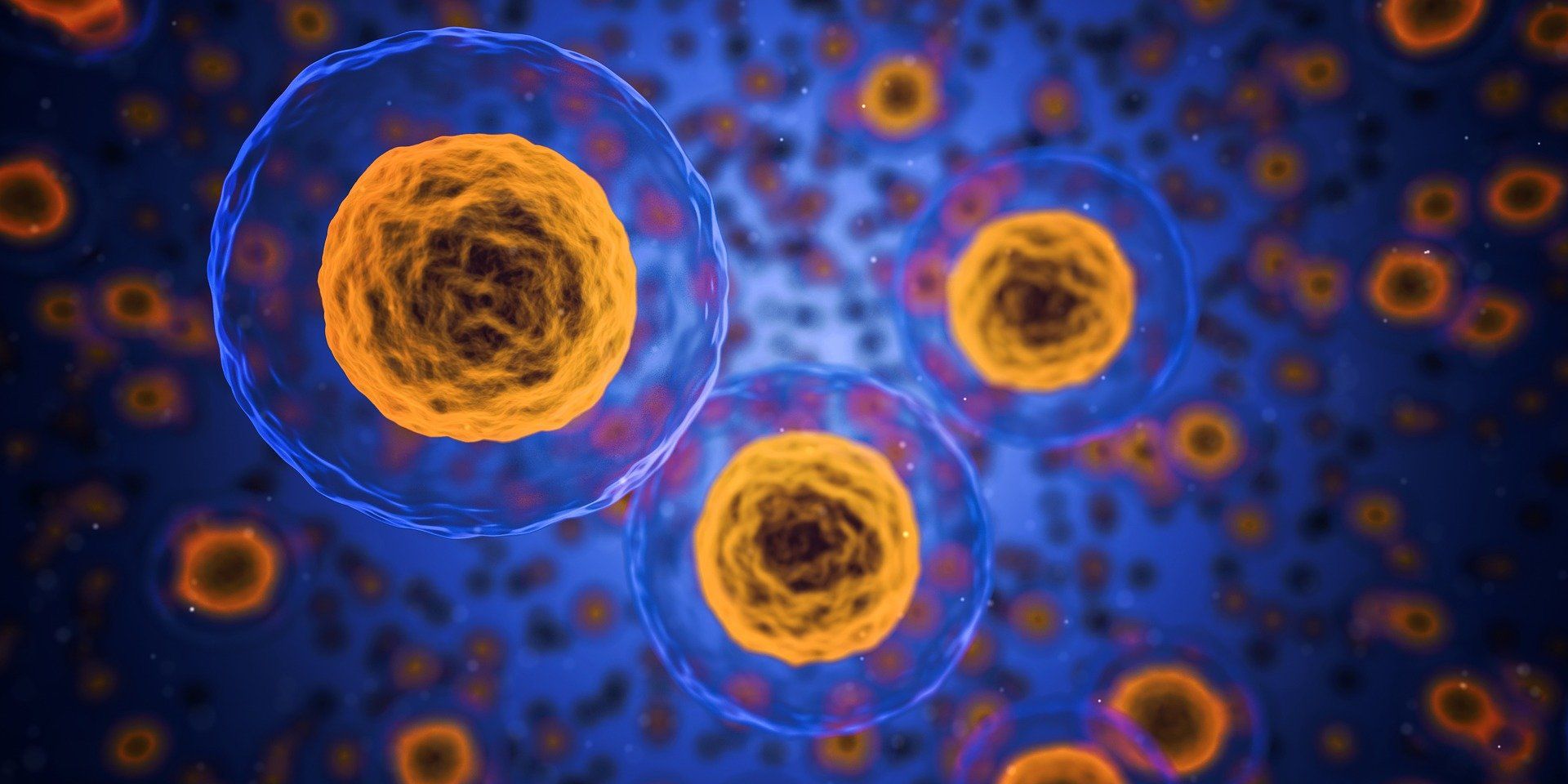
Research has shed new light on genetic processes that may one day lead to the development of therapies that can slow, or even reverse, how our cells age.
A study led by the University of Exeter Medical School has found that certain genes and pathways that regulate splicing factors – a group of proteins in our body that tell our genes how to behave—play a key role in the ageing process. Significantly, the team found that disrupting these genetic processes could reverse signs of ageing in cells.
The study, published in the FASEB Journal, was conducted in human cells in laboratories. Aged, or senescent, cells are thought to represent a driver of the ageing process and other groups have shown that if such cells are removed in animal models, many features of ageing can be corrected. This new work from the Exeter team found that stopping the activity of the pathways ERK and AKT, which communicate signals from outside the cell to the genes, reduced the number of senescent cells in in cultures grown in the laboratory. Furthermore, they found the same effects from knocking out the activity of just two genes controlled by these pathways—FOX01 and ETV6.
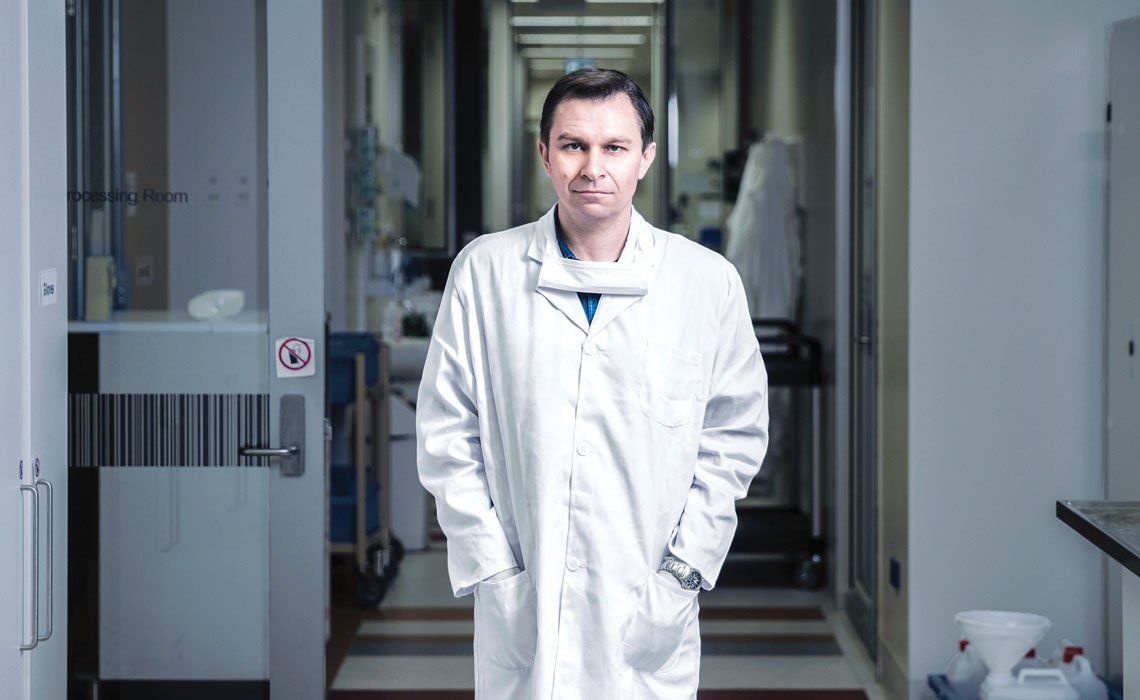
A wonderfully written, very friendly essay on the discoveries, carrier and life of Prof Dr David Sinclair and of course on sirtuins, the epigenetic theory of aging, resveratrol, nicotinamide dinucleotide NAD+ and healthy aging.
Since my recent visit to the Harvard Medical School laboratory run by Australian geneticist David Sinclair, I’ve been struggling with a shamefully greedy impulse. How can I get my hands on the wonder molecules that Sinclair is trialling to amazing effect in mice, not only slowing down their ageing but reversing it? My fear of missing out has flared up since I learnt from Sinclair that he estimates at least a third of his scientific colleagues are taking some version of these “anti-ageing” molecules, just as he does, in the belief it will increase their health spans by as much as 10 years. This means not just having a chance at living an extra decade, but living it in good health, avoiding the age-related diseases and general frailty that can make those years harrowing.
It becomes difficult to remain impartial when a respected scientist tells you he will soon turn 50, does not have a single grey hair and, according to regular blood and genetic tests, has the biological age of 31.4, even though he’s a workaholic and doesn’t exercise much. Or that he likes to think his mother prolonged her life – post lung cancer, with only one lung – for 20 years by taking the molecules he gave her, and that his 79-year-old father, who has taken several different kinds of them for years, currently lists whitewater rafting and mountaineering among his hobbies. Sinclair’s wife, Sandra Luikenhuis, even gives these molecules to the family dogs. (Luikenhuis, who has a PhD in genetics from Massachusetts Institute of Technology, only began taking the molecules herself after she noticed the irrefutably positive effect they’d had on their pets.)
If all goes well, and these anti-ageing molecules live up to their promise, Sinclair and his family will be proof it’s still possible to be going strong on the other side of the private apocalypse each of us has to face, what Philip Roth famously called the “massacre” of ageing. Imagine if you could still be standing tall after the dust clears, not one of the walking wounded, not just surviving, but thriving.


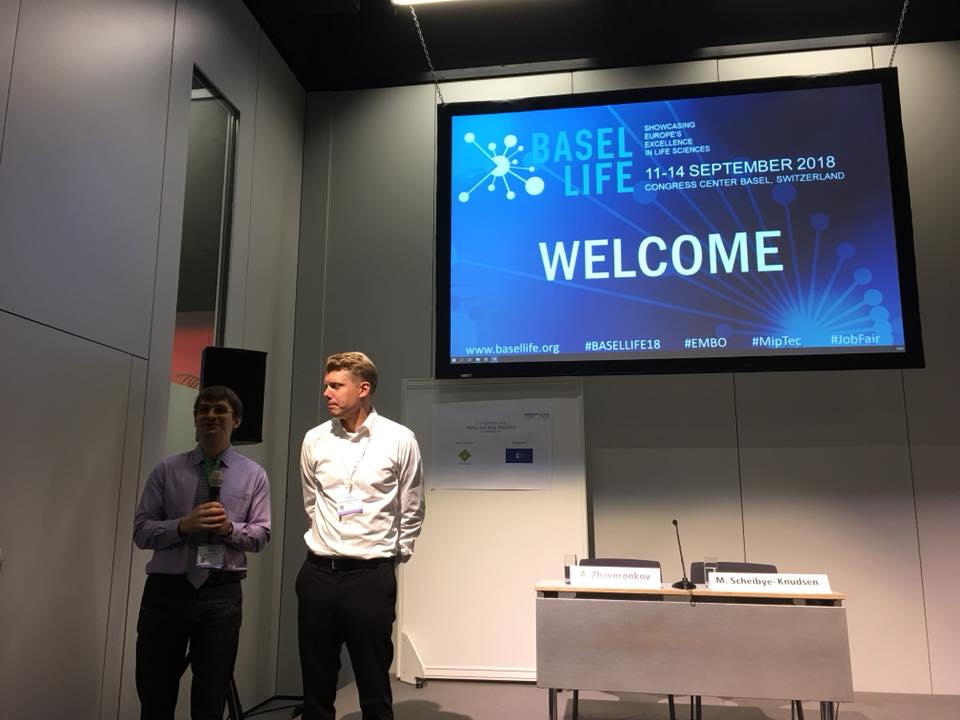
Here in beautiful Basel, Switzerland we open the section Aging and Drug Discovery, actually an intersection of AI, longevity and drug discovery in the Innovation Forums of Basel Life Conference 2018. Dr Alex Zhavoronkov (InSilico Medicine) and Dr Morten Scheibye-Knudsen (University Copenhagen) welcomed us. Dr Jay Olshansky (University of Illinois at Chicago) gave the first lecture. Some examples for age face recognition were shown, emphasising the importance of wrinkles from smoking or others and suggesting that looking younger means living longer! After the wonderful lecture I immediately went to correct my make-up!

Β-hydroxybutyrate seems to prevent senescence of vascular tissue.
According to a study by Georgia State University scientists, a molecule called β-hydroxybutyrate has anti-aging effects on the vascular system; more specifically, the molecule appears to prevent senescence of vascular cells by promoting cellular quiescence instead [1].
Study abstract
β-hydroxybutyrate (β-HB) elevation during fasting or caloric restriction is believed to induce anti-aging effects and alleviate aging-related neurodegeneration. However, whether β-HB alters the senescence pathway in vascular cells remains unknown. Here we report that β-HB promotes vascular cell quiescence, which significantly inhibits both stress-induced premature senescence and replicative senescence through p53-independent mechanisms. Further, we identify heterogeneous nuclear ribonucleoprotein A1 (hnRNP A1) as a direct binding target of β-HB binding to hnRNP A1 markedly enhances hnRNP A1 binding with Octamer-binding transcriptional factor Oct4 mRNA, which stabilizes Oct4 mRNA and Oct4 expression. Oct4 increases Lamin B1, a key factor against DNA damage-induced senescence. Finally, fasting and intraperitoneal injection of β-HB upregulate Oct4 and Lamin B1 in both vascular smooth muscle and endothelial cells in mice in vivo.
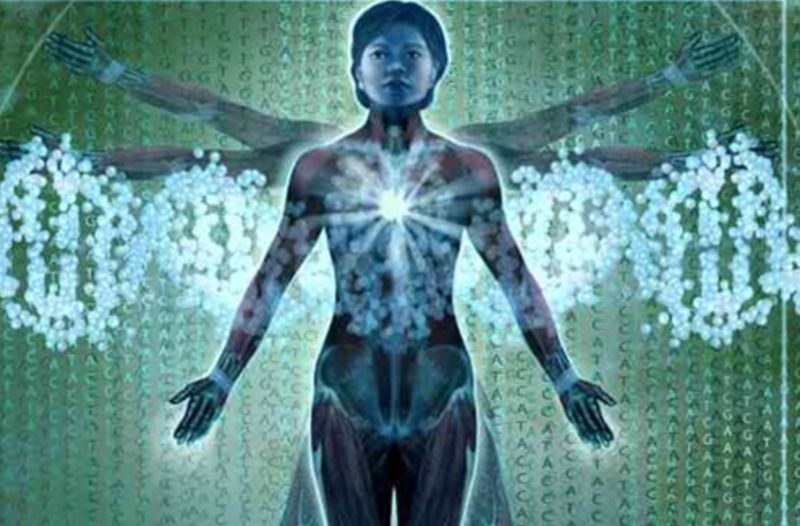
https://paper.li/e-1437691924#/
Descartes once described the human body as a “fleshy machine” and today’s transhumanists would likely agree.
Philosopher Nick Bostrom writes that as we seek to peer farther into posthumanity our ability to concretely imagine what it might be like trails offend that the very essence of posthumanity is to be able to have thoughts and experiences that we cannot readily think or experience with our current capacities.
Today’s advances in science and technology will profoundly change what we understand as human. According to transhumanist philosophy humanity until this point has been a story of development for the survival and reproduction, but today thanks to advances in science we are entering a new phase where human beings are masters of their destiny. Therefore the Transhumanist movement envisions a future full of possibilities by broadening our potential as species by overcoming aging, cognitive shortcomings, involuntary suffering, and our confinement to planet Earth.
